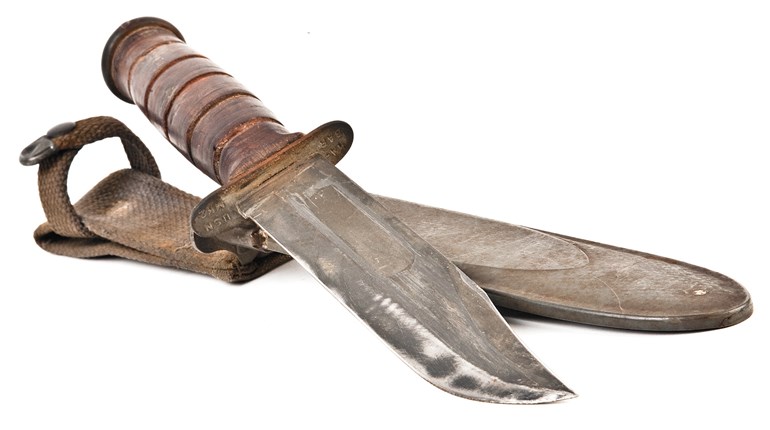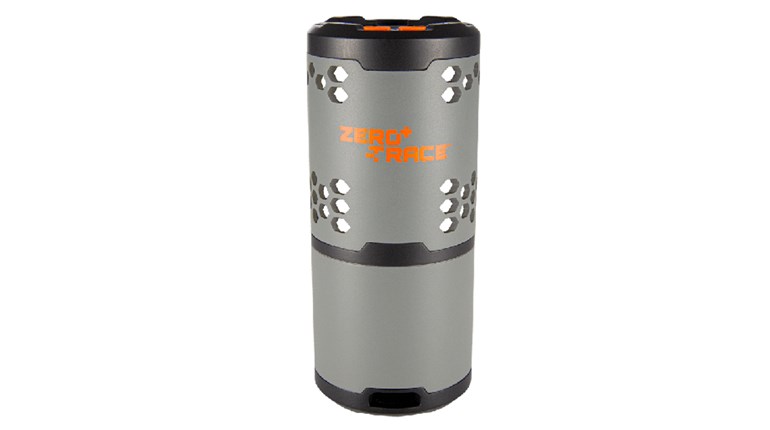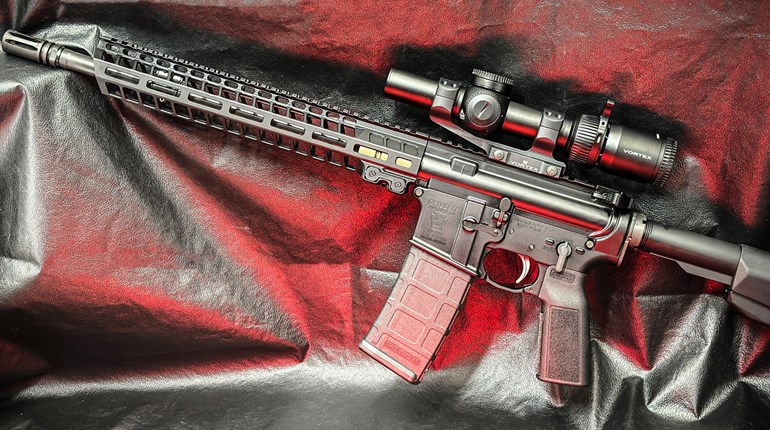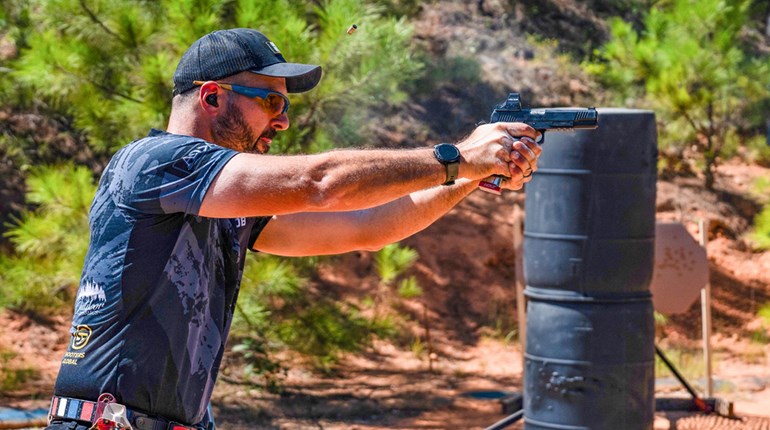
A British soldier at Arnhem takes a moment to reload magazines for his STEN Mk V during Operation Market Garden.
When Adolph Hitler rose to power in Germany in 1933, he did so in part on the basis of dissatisfaction with the treaty that ended the First World War. He was able to almost completely re-militarize the country in time to start another war of aggression in 1939. Seldom has the character of a nation changed so dramatically in so short a time. Apart from the obvious insidious nature of the Nazi regime and its acceptance and eventual embrace by the population, Germany’s military also rapidly transformed.
It went from a treaty-mandated small, lightly armed militia to the best-trained army on earth and easily the best armed in a matter of just a few years. As an example of that sophistication, consider the use of parachute troops and other light-infantry formations, all armed with light, purpose-built firearms. They were among the first to effectively use submachine guns (SMGs) in battle, although the genesis of that type of arm and tactics for using it date back to World War I.
But, we are concerned here with the way the short, full-automatic subguns of that era were developed by the military services of the United Kingdom. They watched the events on the European Continent uneasily, and when their possessions in Asia were threatened by Japanese expansion, they belatedly realized it was time to gear up for war. That included the development or procurement of a satisfactory submachine gun.
Because of Britain’s limited manufacturing capacity and close relations with America, they were offered quantities of the fabled Thompson submachine gun. Initially, these guns were refused because the ultra-conservative elders at His Majesty’s War Office were loath to arm proper English soldiers with what was then considered merely an “American gangster’s weapon.”
In the fullness of time, that attitude was soundly rejected, and the Brits received thousands of 1928 model Tommy guns and used them to good effect all over the world. The shoulder patch of their crack raiders even featured that old classic .45 slugger. To fill the need for more submachine guns, British Ordnance even developed a very good 9 mm variant called the Lanchester. A close copy of a German firearm from the late 1920s, the Lanchester was a rather heavy 9-plus pounds and had a wooden buttstock.
In a sort of typically British way, the gun’s butt was a dead ringer for the issue Lee-Enfield .303 bolt-action rifle, and it was configured to accept the same long bayonet. Lanchesters were pure blowbacks, feeding from 32- or 50-round, double-column magazines extending out to the left of the receiver. The guns have a good reputation for reliability. Just shy of 100,000 were made, most of which went to the RAF or Royal Navy.
Almost as soon as the idea of the Lanchester began, the Brits started work on a more economical SMG that didn’t require a forged receiver and highly detailed parts and fittings. Called the STEN for the surname initial of the gun’s two designers (S and T), plus EN for the plant (Enfield) where it was developed, the new gun was the answer. For one thing, the STEN weighed less than half as much as the Lanchester, making it easier on the soldier who had to carry it into battle.
More importantly, the STEN cost about 10 bucks (in 1940 dollars) to make, and various plants of the British arms industry set about doing so. Using thick sheet steel or tubing for most of the major parts of the receiver and wire or rod for the stock, the STEN was an ungainly contraption. It was an all-metal, blowback-operated, submachine gun fed from a 32-round magazine that extended out to the left. Modifications to the original design came up over the years of production and use.
The STEN was not so much a gun as it was a family of related guns. There were six major models, defined by exterior contours and interior parts. It was a widely used firearm that saw action everywhere British Common-wealth forces fought. Oddly enough, the STEN was not one of those utterly reliable guns that the troops would swear by. It had an uncomfortably large number of malfunctions. Worse yet, the little submachine gun had a tendency to fire if the action (open bolt) was bumped. Despite the failings, there were approximately four million STEN guns made during the war years. It was a major part of the UK’s armories in the big war.
My personal experience was limited, but I did get to shoot one during the Vietnam War. It was the suppressed version. I was initially sort of put off because the magazine sticking out to the left seemed awkward. It might be—right up to the time you try to shoot prone. The suppressed STEN was the one used by the officer of the Highland Regiment who made the famous pair of raids on enemy shipping in Man-of-War Anchorage, Singapore. The one I fired sort of hissed out a stream of 9 mm bullets and was a fine example of fightin’ iron.



































